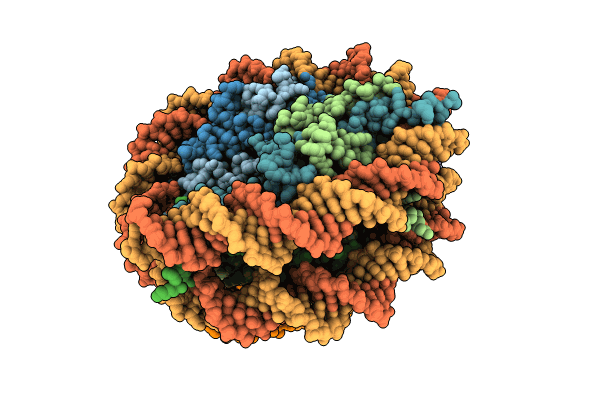
Deposition Date
2023-03-29
Release Date
2024-02-14
Last Version Date
2025-07-09
Entry Detail
PDB ID:
8OL1
Keywords:
Title:
cGAS-Nucleosome in complex with SPSB3-ELOBC (composite structure)
Biological Source:
Source Organism:
Homo sapiens (Taxon ID: 9606)
Host Organism:
Method Details:
Experimental Method:
Resolution:
3.50 Å
Aggregation State:
PARTICLE
Reconstruction Method:
SINGLE PARTICLE


